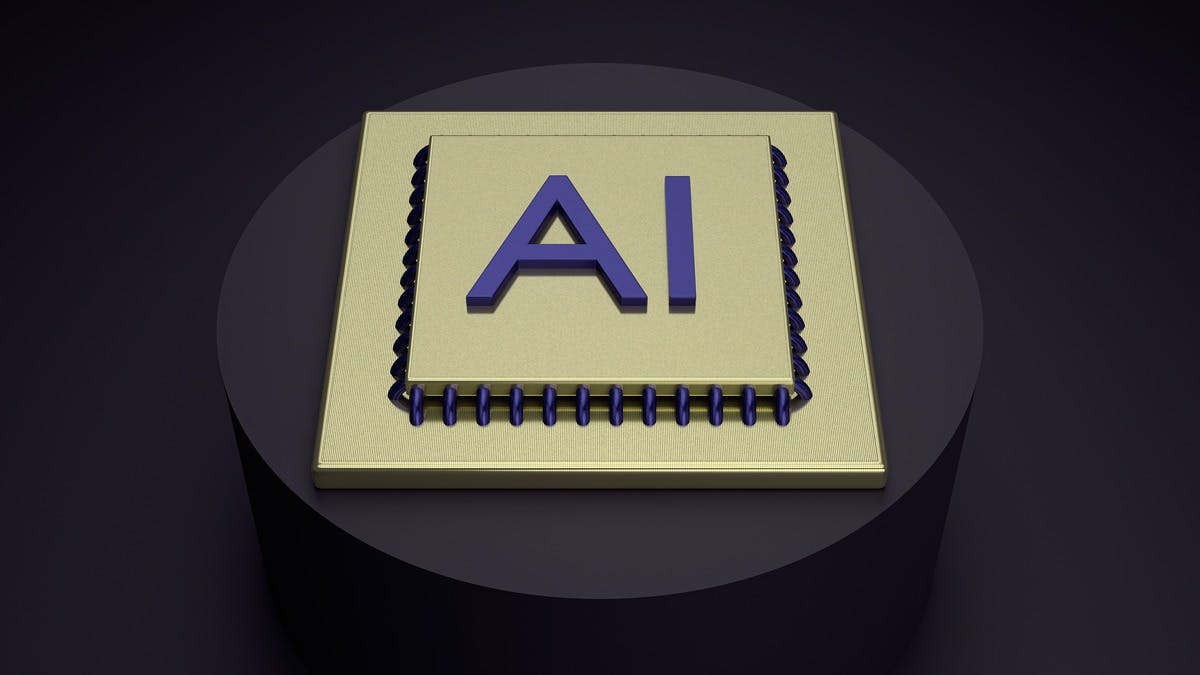In today’s fast-paced world, the quest for operational efficiency has never been more critical for Australian enterprises. It’s not just about gaining a competitive edge in terms of cost; it’s also about enhancing the customer experience.
In an era marked by technological advancements, changing regulations, and evolving work methodologies, the definition and expectations of operational efficiency are constantly changing. During periods of economic uncertainty, businesses are compelled to think outside the box and revamp their operations.
In this editorial, we explore how Australia is leveraging AI and Industry 4.0 to redefine efficiency in the face of economic challenges.
The Power of Continuous Improvement
In the business world, continuous improvement is the key to staying ahead of the competition. This advantage is amplified when companies improve at a faster pace than the rest of the industry. In times of economic downturn, rapid innovation becomes imperative. This is where Australia’s adoption of cutting-edge technology, particularly AI and Industry 4.0, comes into play.
The Transformation of AI and Industry 4.0
Australian enterprises are harnessing the potential of AI and Industry 4.0 to redefine operational efficiency and navigate challenging economic conditions. Research from leading firms such as Gartner and McKinsey predicts that by 2025, up to 50% of operational tasks will be automated with AI-driven technologies. This frees up human workers for more strategic, value-added roles. Additionally, the World Economic Forum foresees that Industry 4.0 could unlock over $3.7 trillion in value for global manufacturing by 2025, highlighting the substantial economic advantages of this transformative era.
Historical Context: The Industrial Revolutions
To truly appreciate the significance of AI and Industry 4.0, we must place them in a historical context. Throughout history, technological advancements have consistently reshaped the way goods are produced, often referred to as industrial revolutions.
- The First Industrial Revolution began with the use of steam power and mechanization in the 18th century, initially raising concerns about job displacement but ultimately creating new roles in manufacturing.
- The Second Industrial Revolution, in the 19th century, commenced with the discovery of electricity and assembly line production, reshaping the workforce and creating opportunities in skilled labor and management.
- The Third Industrial Revolution, starting in the 1970s with partial automation and the use of computers, laid the foundation for comprehensive production automation without human intervention.
Today, we stand on the cusp of the Fourth Industrial Revolution, often called “Industry 4.0.” It’s marked by the application of information and communication technologies to industry, connecting all systems and giving rise to “cyber-physical production systems” and smart factories where production is nearly autonomous.
The Transformative Power of Industry 4.0
Industry 4.0 brings forth remarkable advances in factory environments. Examples include machines that predict failures and initiate autonomous maintenance processes, and self-organized logistics systems that respond to unexpected production changes. This revolution also extends its transformative power to how people work and live. Industry 4.0 integrates individuals into smarter networks, promoting more efficient work. Digitization in manufacturing allows for flexible information dissemination, providing maintenance professionals with timely equipment documentation and service history at the point of use. Industry 4.0 is a game-changer across industrial settings, revolutionizing manufacturing processes, distribution methods, product servicing, and refinement. It signifies the dawn of the Fourth Industrial Revolution.
Unlocking the Full Potential
Australian enterprises are working towards unlocking the full potential of modern interconnected ecosystems and redefining new ways of working that deliver tremendous efficiency gains and enhance human experiences. Contemporary technologies empower enterprises to achieve desired results with optimal resource utilization. They improve operational safety, reliability, and sustainability. Collaboration extends beyond human-to-human or human-to-machine; it encompasses machine-to-machine interactions. Artificial intelligence, now mainstream, enables machines to make real-time decisions, supporting human decision-making abilities.
Illustrative Examples:
- Manufacturing: Predictive Maintenance, Quality Control, Supply Chain Optimization, Energy-Efficient Manufacturing, Process Automation.
- Retail: Dynamic Pricing, Customer Behavior Analysis, Return Fraud Detection, Personalized Recommendations, Inventory Management, Sentiment Analysis.
- Financial Services: Credit Scoring, Algorithmic Risk Assessment, Fraud Detection, Algorithmic Trading, Customer Service.
Challenges in Embracing AI and Industry 4.0
While the promises of AI and Industry 4.0 are profound, they are not without their challenges. Data privacy and security become paramount with the vast amount of data generated and shared in interconnected systems. Ensuring that AI algorithms are fair and unbiased is another challenge, as biased algorithms can reinforce inequalities and discrimination. Moreover, the integration of these technologies into existing infrastructures can be complex and costly, requiring substantial investments in IT infrastructure and workforce training. Resistance to change within organizations and the need to address the fear of job displacement are hurdles that demand careful management. Overcoming these challenges will be critical to harnessing the full potential of AI and Industry 4.0.
Future Possibilities
We anticipate an even more connected and intelligent industrial landscape here in Australia. Emerging technologies such as quantum computing promise to solve complex problems at unimaginable speeds. Decentralized and secure blockchain systems will enhance trust in digital transactions and data sharing. Human-AI collaboration will evolve, with AI systems becoming even more adept at understanding and augmenting human capabilities. The concept of ‘edge computing,’ where data processing happens closer to where it’s generated, will enable real-time decision-making at the source of information, reducing latency and improving efficiency. Additionally, as AI continues to mature, its applications will extend beyond automation into areas like advanced healthcare diagnostics, climate change mitigation, and personalized education.
In Conclusion
AI and Industry 4.0 are pivotal in reshaping the industrial landscape of Australia. These technologies offer transformative potential amid economic challenges, freeing humans from routine tasks and enabling creative endeavors. However, challenges like ethics, security, and integration must be addressed. The future promises quantum leaps in technology and enhanced human-AI collaboration. As Australian enterprises embrace these advancements, they ensure resilience and competitiveness, contributing to a more connected, efficient, and sustainable world.
Keep up to date with our stories on LinkedIn, Twitter, Facebook and Instagram.

